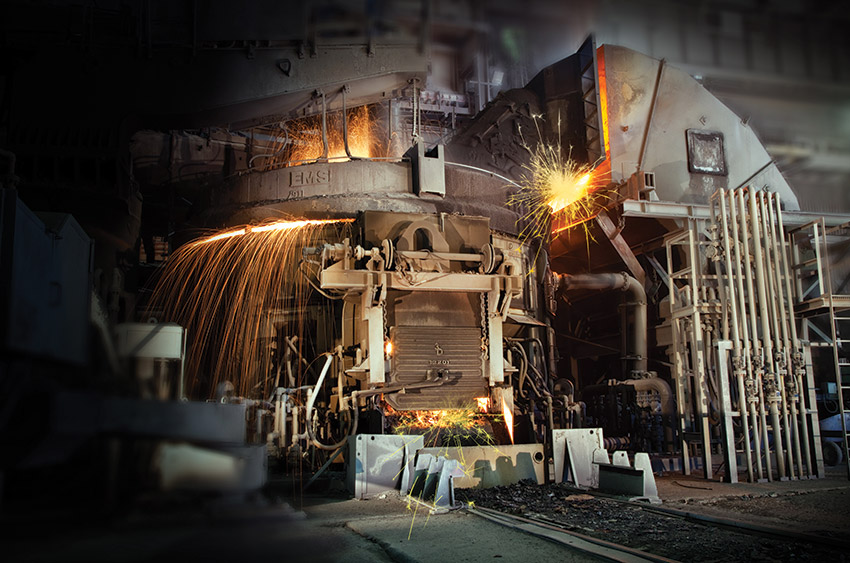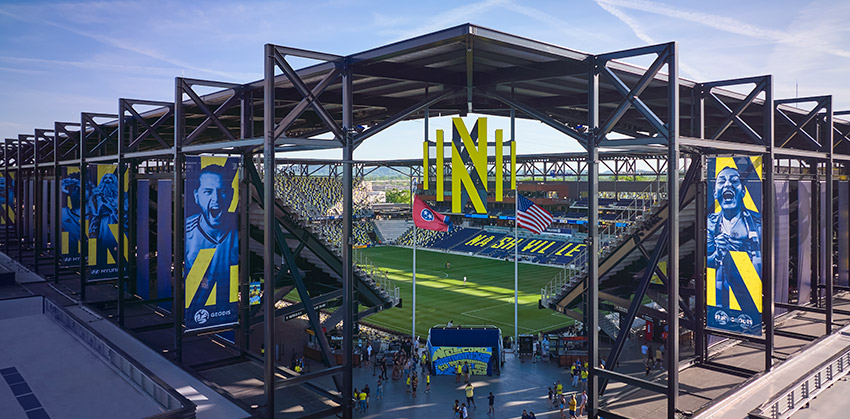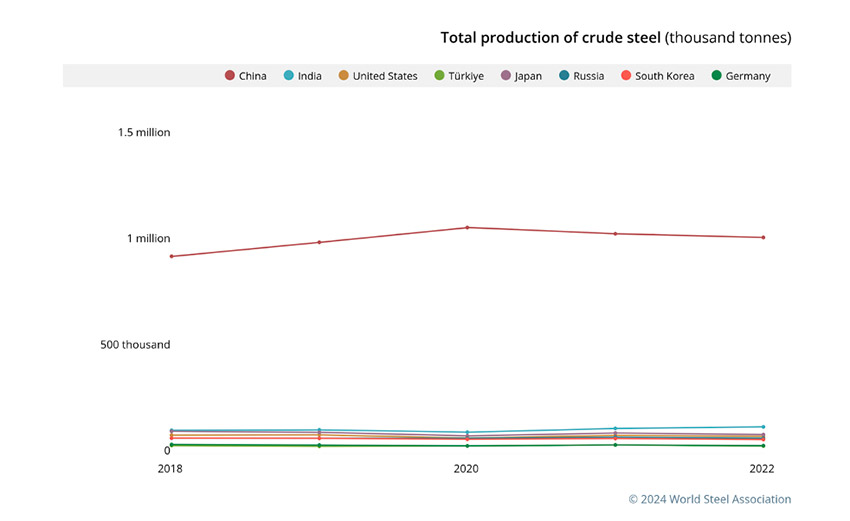Structural Steel for Low-Carbon-Emission Lightweight Frames
Learning Objectives:
- Identify and recognize the properties of structural steel that are conducive to environmental sustainability and resilience as defined by national and global standards.
- Recognize aspects of the domestic and global steel industry that require nuanced attention to energy and emissions footprints, depending on local conditions and practices.
- Investigate opportunities to apply the properties of lightweight, high-strength steel in the design and construction of building frames, thus using materials efficiently and reducing carbon emissions.
- Assess the functional contributions of materials, designs, and systems as they contribute to green and sustainable design using structural steel.
- Comprehend systems in a variety of green, conventional, and investigational structures and formulate appropriate selections related to specific applications.
Credits:
This course is approved as a Structured Course
This course can be self-reported to the AANB, as per their CE Guidelines
Approved for structured learning
Approved for Core Learning
This course can be self-reported to the NLAA
Course may qualify for Learning Hours with NWTAA
Course eligible for OAA Learning Hours
This course is approved as a core course
This course can be self-reported for Learning Units to the Architectural Institute of British Columbia
Among much of the general public, the communications media, and even some architects and developers, there is a misconception that the production of structural steel results in more carbon emissions than the production of other inorganic structural materials. The global emissions footprint of structural steel is indeed troublesome; even the most sustainable steelmaking technologies use considerable energy; and production methods in some areas remain both dirty and energy-intensive—yet confusion between domestic metrics and global metrics, which include emissions from both traditional integrated blast furnace/basic oxygen furnace (BF/BOF) steel production and the far more sustainable electric arc furnace (EAF) method using recycled ferrous scrap, frequently obstructs an accurate assessment of the energy and emissions performance of the U.S. steel industry. The U.S. is a leader among nations where EAFs are now dominant, recycled content is the norm, and the steel industry exemplifies the operations of a circular economy.

Photo courtesy of Nucor
An electric arc furnace (EAF), shown here in operation, uses up to 100 percent scrap steel and has approximately one third the CO2 emissions of a traditional blast furnace/basic oxygen furnace (BF/BOF).
“Steel has been recycled for over 4,000 years,” notes metallurgist and architectural/structural metals consultant Catherine Houska, recalling remarks she recently made to an American National Standards Institute technical advisory group. “If you go back to when mankind first started to use iron, it has been recycled very carefully since that time.” The long-established tradition of reusing scrap metal and melting it at temperatures that effectively remove impurities (since steel has a higher melting point than aluminum or copper and can be recycled indefinitely through the lifetimes of many buildings or products) forms a foundation for newer sustainable practices. These increasingly involve shifts to alternative energy sources, part of the broader decarbonization of infrastructure and the economy; designs that use steel in highly efficient ways, thanks in part to high-strength grades of steel that can carry more load with less bulk (see Architectural Record, February 2022, “Not Quite Your Grandfather’s Steel: High-Strength A913 in Today’s Green Construction”); computationally assisted analysis of structural loading, allowing increasingly precise allocation of materials; and, in certain prototype projects, advanced additive manufacturing technologies. The strength/weight ratios found in contemporary steel continue to enable lightweight structures with impressive aesthetics and structural performance (see Figure 1). Design and construction methods grounded in the capabilities of today’s steel industry can legitimately earn descriptions as green and clean.

Photo courtesy of Tom Harris
Figure 1. GEODIS Park by Populous and Hastings Architecture, the new home of Nashville SC of Major League Soccer, features exposed slender beams of structural steel produced in an EAF. It is the largest dedicated soccer stadium in the U.S. or Canada and a winner of a 2024 AISC Innovative Design in Engineering and Architecture with Structural Steel (IDEAS²) Award. Source: AISC
“The biggest misconception I encounter,” says Max Puchtel, SE, PE, director of government relations and sustainability at the American Institute of Steel Construction (AISC), “and this is common when you look at any kind of third-party webinar or publication about the steel industry on sustainability, is people will tout global numbers for emissions responsibility for the steel industry when they’re talking about the domestic steel construction industry. So you’ll see things like, ‘The steel industry is responsible for 8 percent of worldwide emissions,’ which is true, but that’s a global number. It reflects the fact that worldwide, there’s about a 70/30 split of integrated traditional steelmaking relative to modern recycled-content steelmaking.”
“In the U.S., about 75 percent of all steel is made with an electric arc furnace,” notes Philip K. Bell, president of the Steel Manufacturers Association, the Washington, D.C.-based organization representing the domestic EAF industry. “Most construction materials—whether they’re structural beams, long products like rebar, wire rod for reinforced concrete, and even plate—are made by EAFs,” he continues. “About 99 percent of all long products are made by EAF. About 80 percent of all structural products are made via EAF, and about 75 percent of most plate products are made via EAF.... This trend is growing not only in North America, but around the world. Increasingly, we see foreign steel industries trying to make their steel industry look more like ours, where they are retiring old blast furnaces that use extractive methods of mining iron ore and coal and replacing them with EAFs. This is particularly true in Canada, Germany, and the U.K.”
A move toward EAF is not yet the case, however, in China—the nation that produces over half the world’s crude steel annually. China’s proportion of EAF facilities also lags well behind those of the U.S. and other world leaders, with estimates varying, but some credible sources suggesting a mere 10 percent EAFs in 2020, with 15 percent as an aspirational goal by 2025 (Zhang and Chow); large-scale new BF/BOF construction persists in that nation, despite stated intentions to encourage scrap-fed EAFs (Shen and Myllyvirta). The locked-in commitment to BF/BOF mills by the world’s largest steel producer is a major reason the global steel industry, assessed as a whole rather than nation by nation, can appear anything but green.

Graph courtesy of World Steel Association
Figure 2. Crude steel production in the top eight nations, 2018-2022. Source: World Steel Association, Steel Data Viewer.

















